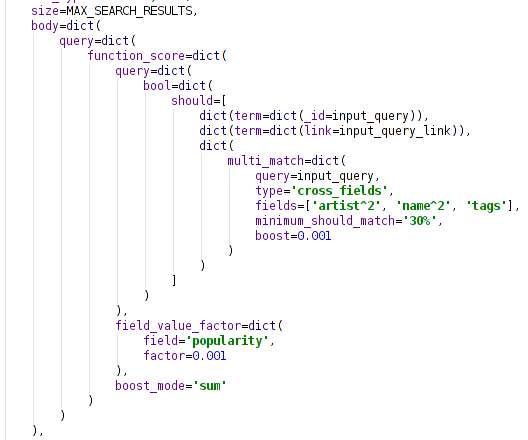The hardest parts of data science
Data Science and Beyond
NOVEMBER 22, 2015
Contrary to common belief, the hardest part of data science isn’t building an accurate model or obtaining good, clean data. It is much harder to define feasible problems and come up with reasonable ways of measuring solutions. This post discusses some examples of these issues and how they can be addressed. The not-so-hard parts Before discussing the hardest parts of data science, it’s worth quickly addressing the two main contenders: model fitting and data collection/cleaning.

















Let's personalize your content